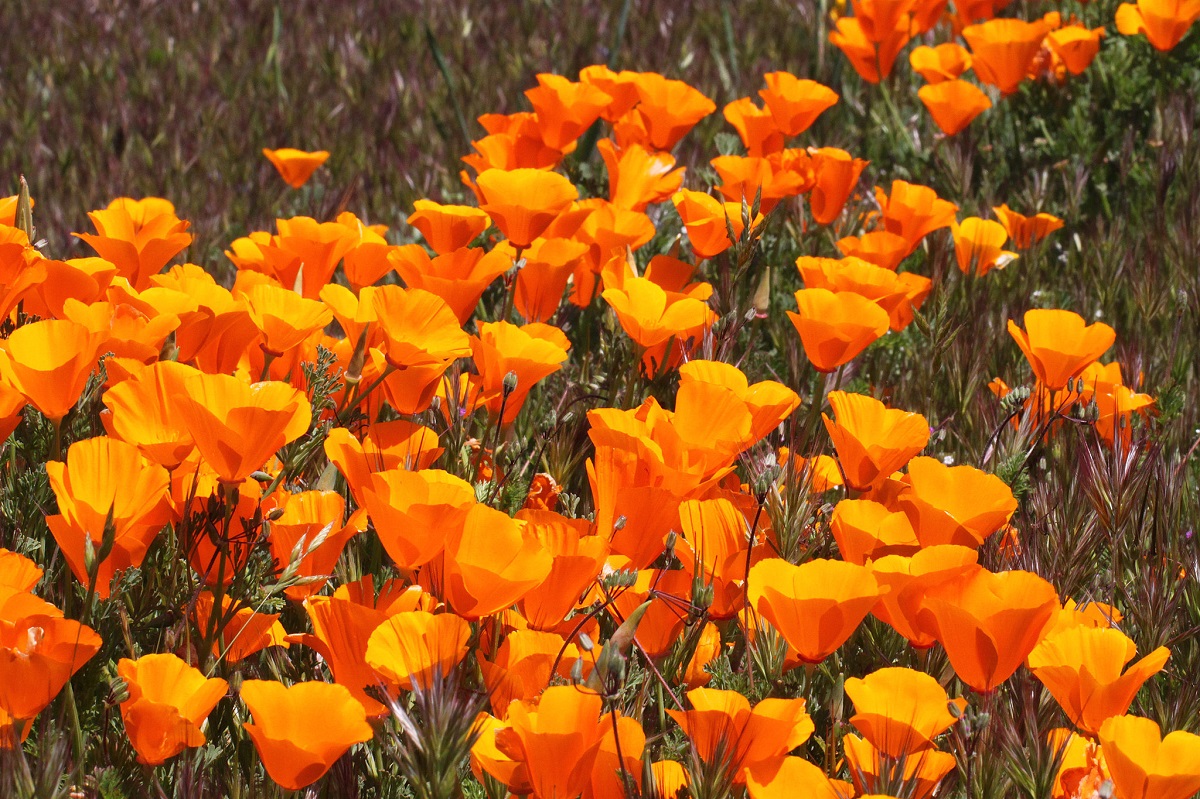
Embracing Nature’s Bounty: A Journey into the Beauty of Native Plants
Native plants, the unsung heroes of our natural landscapes, hold a unique allure that goes beyond mere aesthetics. Let’s embark on a journey into the world of native plants, exploring their significance, benefits, and the enchanting beauty they bring to our surroundings.
The Heart of Biodiversity: Significance of Native Plants:
Native plants are the heartbeat of biodiversity, playing a crucial role in maintaining the delicate balance of ecosystems. These plants have evolved over centuries to adapt to their specific environments, forming intricate relationships with local wildlife. Their presence supports diverse insect populations, birds, and other fauna, contributing to the overall health and resilience of the ecosystem.
Adaptability and Resilience: The Native Advantage:
One of the remarkable qualities of native plants is their adaptability and resilience. Having evolved in specific regions, they are naturally equipped to thrive in local climates and soil conditions. This adaptability not only ensures their survival but also makes them an excellent choice for landscaping projects. Native plants require less maintenance and are more resistant to pests and diseases, reducing the need for chemical interventions.
Water-Wise Landscaping: Harnessing Native Plant Efficiency:
In a world where water conservation is paramount, native plants shine as champions of water-wise landscaping. These plants have adapted to local rainfall patterns and soil moisture levels, making them inherently efficient in water usage. Choosing native plants for your landscaping not only helps conserve water but also creates a sustainable and eco-friendly garden that requires minimal irrigation.
Biodiversity at Your Doorstep: Creating Habitat with Native Plants:
Native plants act as living invitations for local wildlife to call your garden home. Their presence attracts a variety of insects, butterflies, and birds, creating a dynamic and biodiverse habitat. In contrast to non-native species, native plants provide food sources and shelter that are precisely attuned to the needs of local fauna, fostering a harmonious relationship between plants and wildlife.
YakimaFutures.com: Explore the Beauty of Native Plants:
For those eager to explore the beauty and benefits of native plants, YakimaFutures.com offers a curated selection of resources and information. This link opens the door to a world where native plants take center stage, providing insights, tips, and inspiration for incorporating them into your landscaping projects.
Cultural and Historical Significance: Roots in the Past:
Beyond their ecological importance, native plants often hold cultural and historical significance. Indigenous communities have long relied on these plants for food, medicine, and ceremonial purposes. By incorporating native plants into our landscapes, we not only connect with the rich heritage of the land but also contribute to the preservation of traditional knowledge and practices.
Seasonal Splendor: Native Plants in Every Hue:
Native plants boast a diverse array of colors, shapes, and textures, offering seasonal splendor that evolves throughout the year. From the vibrant blooms of spring to the rich foliage of summer and the warm hues of fall, native plants bring a kaleidoscope of colors to your garden. This ever-changing display adds visual interest and ensures that there’s always something new to discover in your outdoor space.
Conserving Native Plant Species: A Call to Action:
In the face of habitat loss and environmental changes, conserving native plant species becomes a crucial call to action. Many native plants are at risk due to factors such as urbanization, invasive species, and climate change. By choosing native plants for our gardens and supporting conservation efforts, we contribute to the preservation of these valuable species and the ecosystems they sustain.
Educational Opportunities: Learning from Native Plants:
Landscaping with native plants provides unique educational opportunities for homeowners, schools, and communities. Observing the lifecycle of native plants, understanding their roles in local ecosystems, and learning about their historical uses can foster a deeper connection with the natural world. Educational initiatives centered around native plants can inspire a sense of stewardship and environmental responsibility.
A Symphony of Nature: Embrace Native Plants in Your Landscape:
In conclusion, the beauty and significance of native plants extend far beyond their visual appeal. They represent a living symphony of nature, contributing to biodiversity, water conservation, and cultural heritage. Embrace the enchanting world of native plants, explore the resources available at YakimaFutures.com, and become a steward of the land by incorporating these resilient and vibrant species into your landscape.
